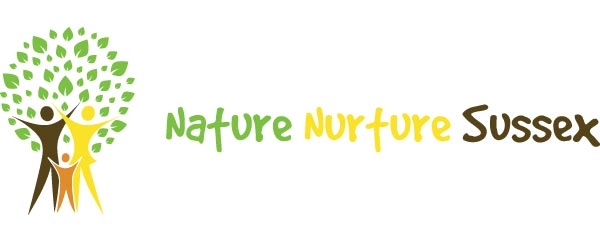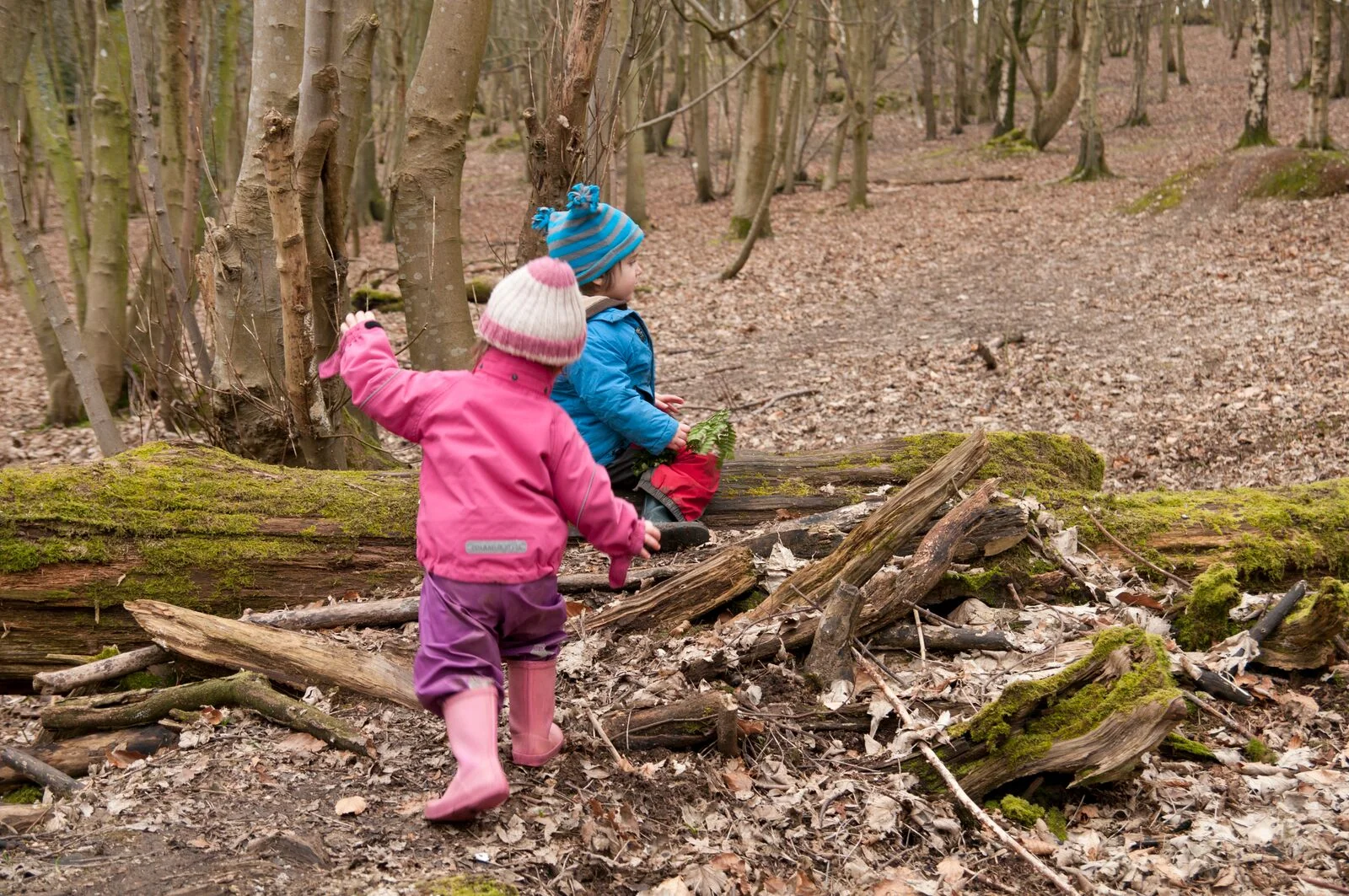Birch Tapping
/By Mel Evans and Kevin Fuller
We love a Birch tree! The bark is fantastic for starting fires on a rainy day due to its oily content, the twigs make the best kindling and are also useful for crafting. They can be woven into birds nests in the Spring or turned into Witches brooms in the Autumn. The white bark of a Silver Birch is so striking and the small leaves create a beautiful dappling shade. Its no wonder these trees are often the subject of artists.
Birch tapping usually marks the beginning of Spring at Forest School. Children love to harvest the sap and have a taste. Below Kev demonstrates how this is done.
Introduction to Birch Tapping.
Process of Birch Tapping.
Tasting the Birch Sap
Here’s the science bit -
Tree sap contains Xylem and Phloem. Xylem transports water, minerals and hormones, while Phloem transports the sugars created by photosynthesis. In the Autumn sap flows slower and eventually the leaves die and fall off. The tree slows down and its sap and any remaining sugar is stored in its roots. At this point the Xylem tubes, which transport the sap, die off and new ones are formed. You know how you can tell how old a tree in by counting those rings? Those rings are the old Xylem tubes! When Spring comes and the temperatures rise so does the sap. When it reaches the branches leaf buds start to form and then the tree gains leaves. At this point you can tap the sap.
You will probably have to wait until next Spring to join us for some Birch tapping in the woods, but in the meantime see how many Birch trees you can see around your house, Keep and eye on them and when you see the leaves start to form you know the sap has reached the top. Fresh young leaves can be steeped in water to make a delicious Birch leaf tea,






